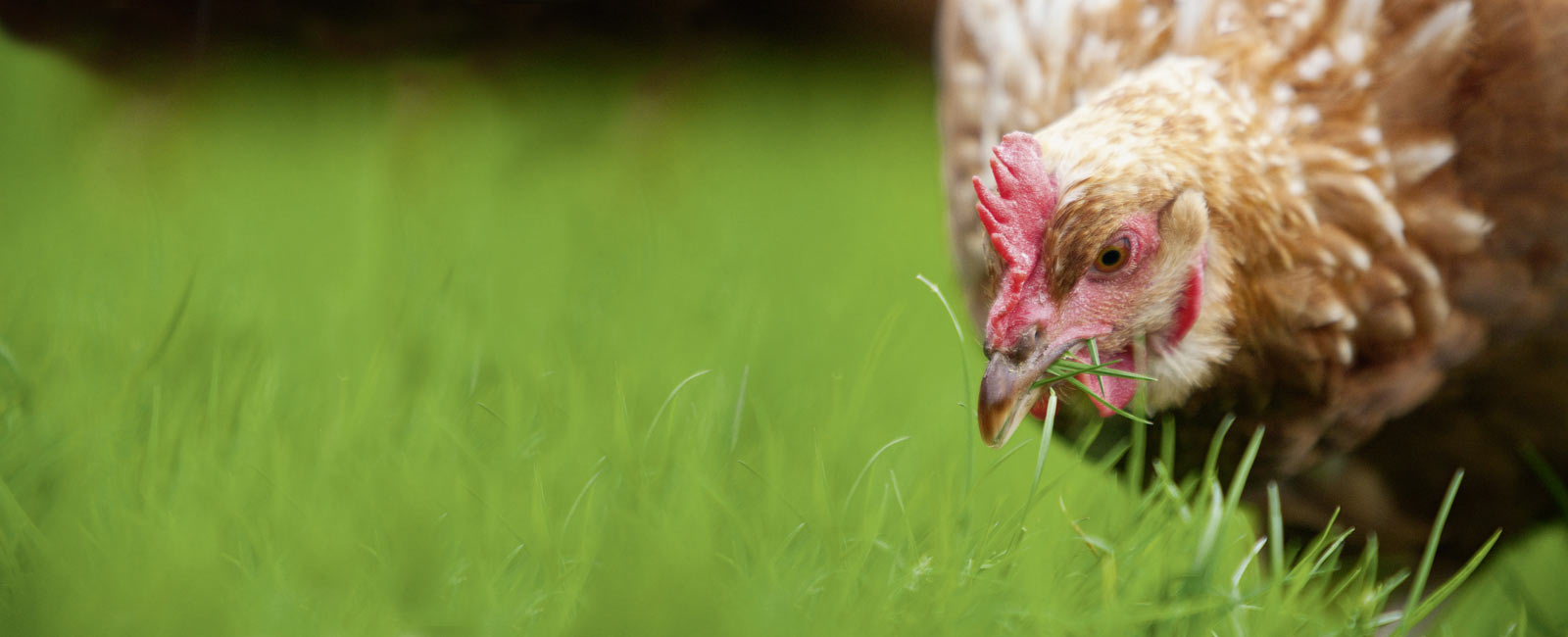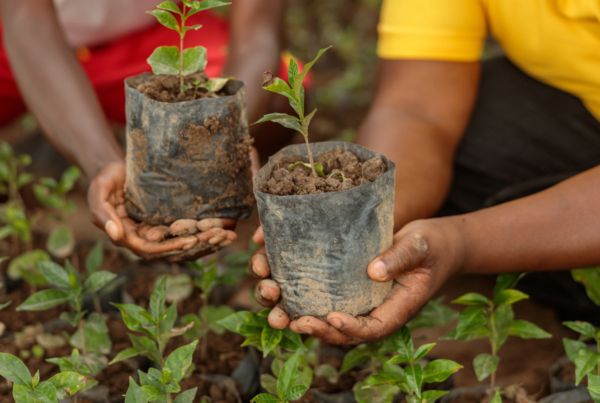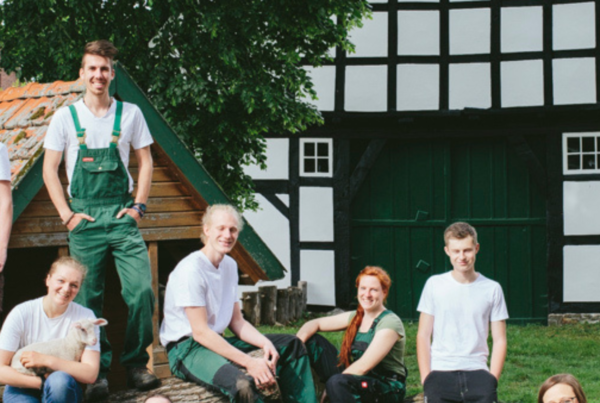The Research Institute of Organic Agriculture (FiBL) published its latest statistical yearbook “The World of Organic Agriculture“ featuring global data on organic farming worldwide from 2018. As we took a closer look at the figures, we remain optimistic about what the future of organic holds for us all.
2018 was another record year for global organic agriculture. According to the latest FiBL survey, organic farmland increased by 2.0 million hectares and organic retail sales also continued to grow, reaching another all-time high, as shown by the data from 186 countries (data as of the end 2018). The 21st edition of the study “The World of Organic Agriculture”, published by FiBL and IFOAM – Organics International, shows a continuation of the positive trend seen in recent years. This annual survey on worldwide organic agriculture is supported by the Swiss State Secretariat for Economic Affairs (SECO), the International Trade Centre (ITC), the Sustainability Fund of Coop Switzerland, and NürnbergMesse, the organizers of the BIOFACH fair, where the publication was officially launched last 12th of February.
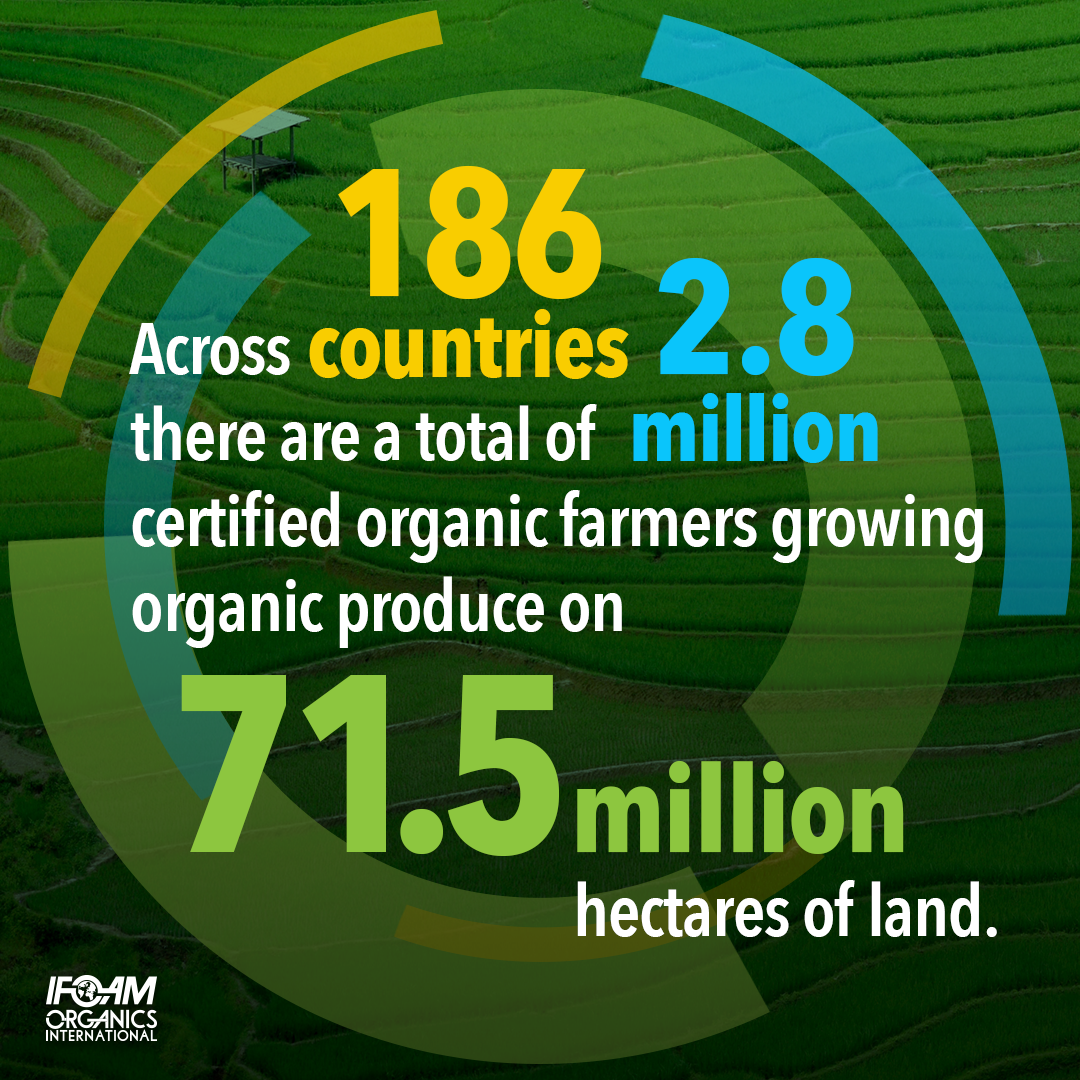
What does the global data tell us about organic agriculture?
After analyzing the input of 2.8 million organic producers around the globe, India continues to be the country with the highest number of producers (1,149,000), followed by Uganda (210,000), and Ethiopia (204,000).
The global organic market also continues to grow worldwide passing 100 Billion US Dollars. The US leads the market with 40.6 billion euros, followed by Germany (10.9 billion Euros) and France (9.1 billion Euros). In 2018, many major markets continued to show double-digit growth, and the French organic market grew by more than 15%. Danish and Swiss consumers spent the most on organic food (312 Euros per capita in 2018). Denmark had the highest organic market share with 11.5% of its total food market.
What about the organic farmland?
A total of 71.5 million hectares were organically managed at the end of 2018, representing a growth of 2.9 percent or 2 million hectares compared to 2017. Australia has the largest organic agricultural area (35.7 million hectares), followed by Argentina (3.6 million hectares), and China (3.1 million hectares). Due to the large area of organic farmland in Australia, half of the global organic agricultural land is in Oceania (36.0 million hectares). Europe has the second largest area (15.6 million hectares), followed by Latin America (8 million hectares). The organic area increased in all continents compared to 2017.
Globally, 1.5% of farmland is organic. However, many countries have far higher shares. The countries with the largest organic share of their total farmland are Liechtenstein (38.5%), Samoa (34.5%), and Austria (24.7%). In sixteen countries, 10% or more of all agricultural land is organic.
Subscribe to our newsletter and download the digital version of The World of Organic Agriculture
IFOAM- Organics International Members get 60% discount on a print copy of “The World of Organic Agriculture“. Order it here.


